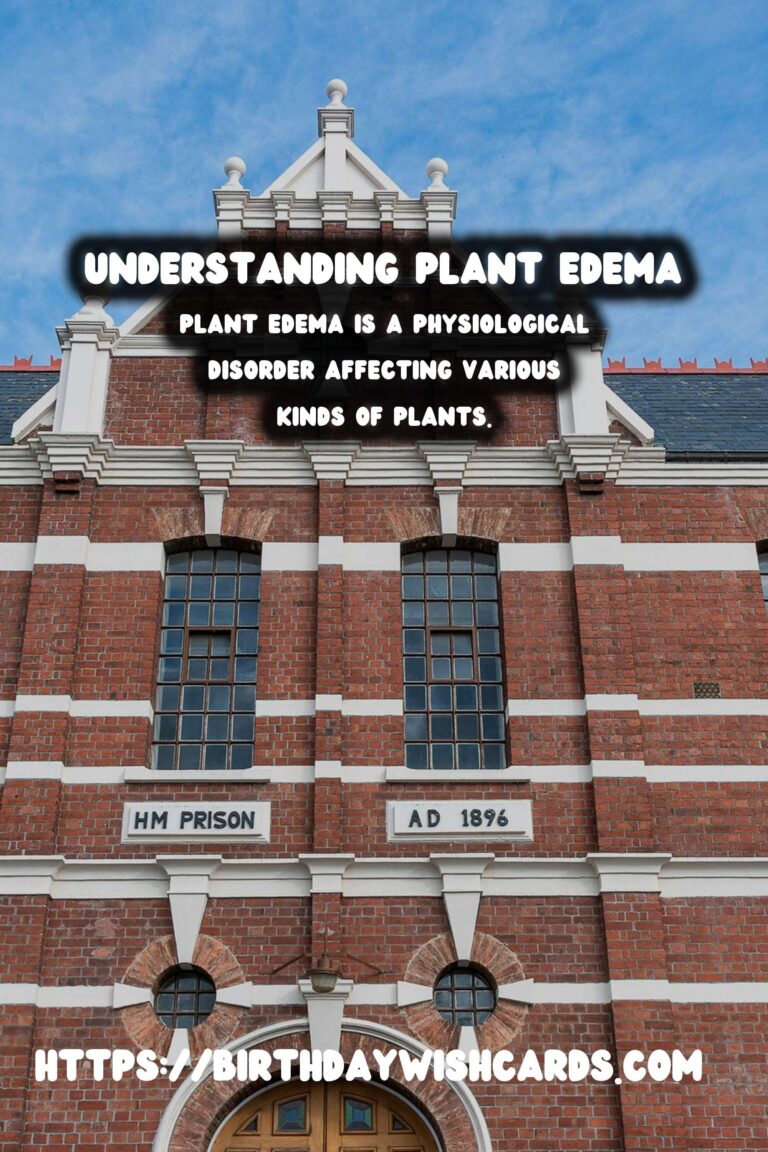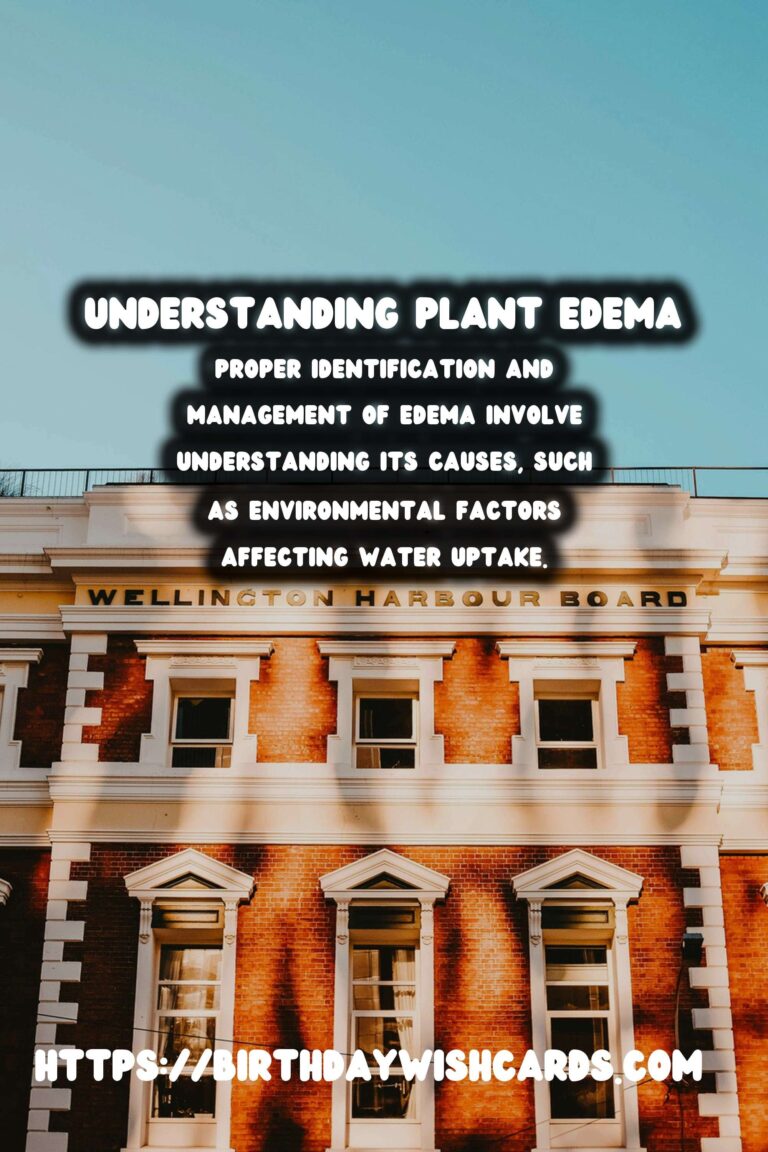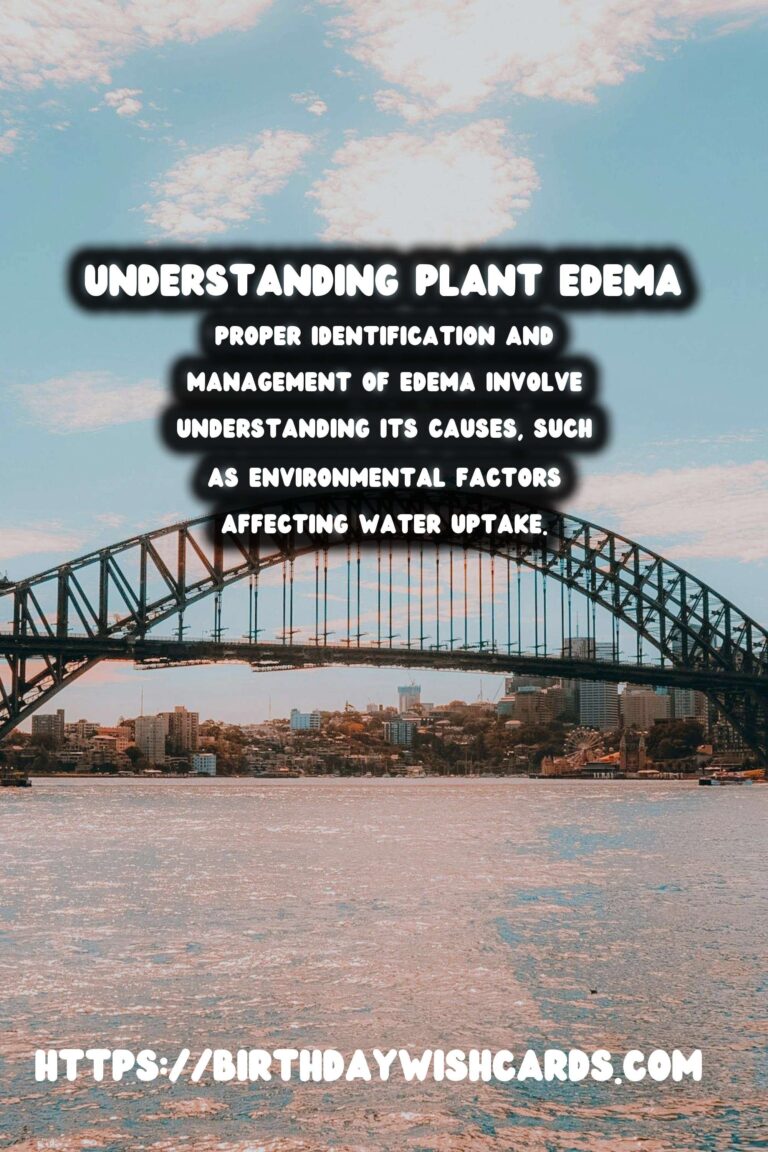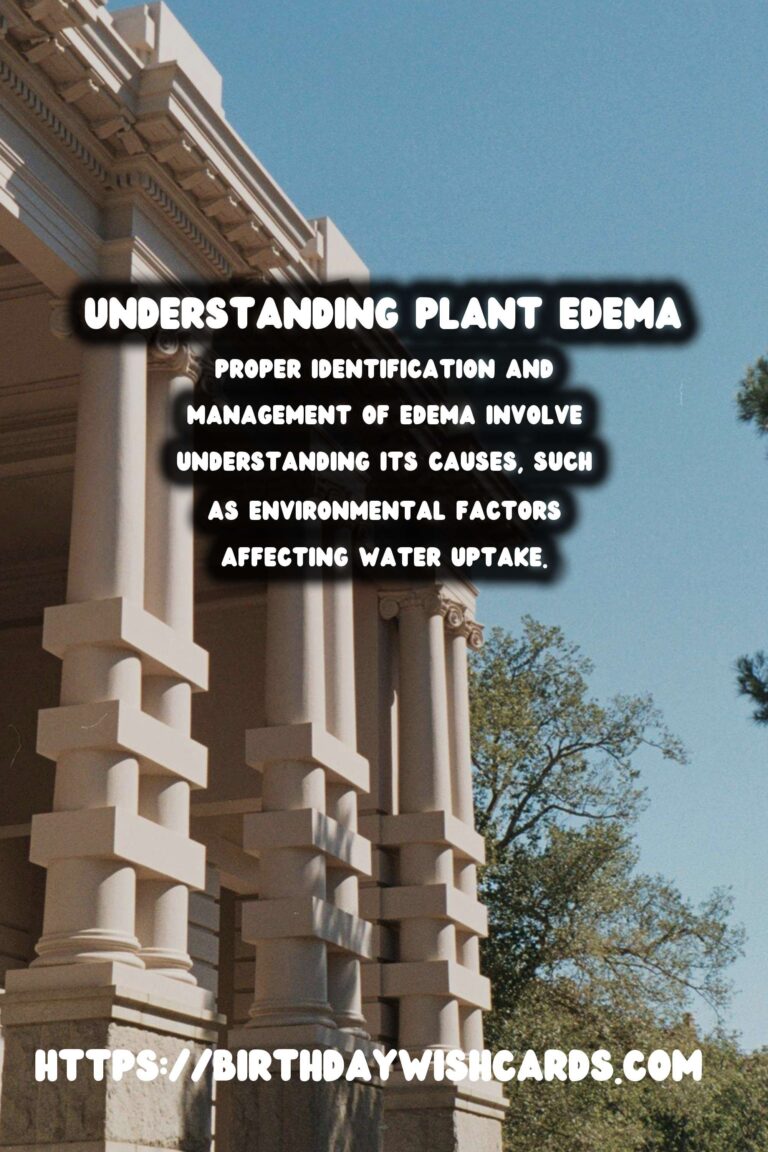
Plant edema, also known as oedema, is a lesser-known condition that affects various types of plants, producing unique symptoms that can be quite perplexing for gardeners and plant enthusiasts. While it might seem reminiscent of fungal diseases or pest problems, edema is induced by environmental factors, making its management both challenging and critical.
What is Plant Edema?
Plant edema is a physiological disorder that occurs when the uptake of water by a plant outpaces its ability to transpire or release that water back into the atmosphere. This condition causes cells in the leaves, stems, or other plant parts to swell due to excess water, leading to blisters, bumps, or wart-like growths primarily on the undersides of leaves. These can eventually turn corky or burst, resulting in an unsightly appearance and sometimes causing structural damage to the plant tissues.
Causes of Plant Edema
The most common causes of plant edema include:
- Overwatering or high humidity, especially in poorly ventilated environments.
- Sudden changes in environmental conditions, such as temperature fluctuations.
- High salt concentration in soils, which affects water uptake.
These factors can significantly impact a plant’s water management system, leading to the development of edema.
Identifying Plant Edema
Recognizing edema is crucial in differentiating it from other plant ailments. The primary indicators include small, water-soaked blisters on the underside of leaves, corky spots, and patches that may feel rough or scabby. Different plants may exhibit symptoms in varying forms, and therefore, understanding your specific plant type is essential to proper identification.
Impact of Edema On Plants
While edema is unlikely to kill a plant, it can weaken it by impairing photosynthesis and other vital functions, making it more susceptible to pests and diseases. For ornamental plants, the aesthetic damage may be significant enough to necessitate intervention.
Managing and Preventing Plant Edema
Management primarily involves environmental control. Steps include:
- Ensuring good air circulation and proper plant spacing.
- Watering in the morning to allow moisture to dissipate during the day.
- Adjusting irrigation practices to prevent waterlogging.
- Avoiding excessive fertilization, particularly with high-nitrogen fertilizers that can exacerbate water uptake issues.
In more severe cases, affected leaves may be pruned to reduce stress on the plant and improve its appearance.
Conclusion
Understanding plant edema entails recognizing its symptoms, comprehending the environmental causes, and implementing effective management strategies. By doing so, gardeners can mitigate its effects and maintain healthy, vibrant plants that thrive despite the challenges posed by this curious condition.
Plant edema is a physiological disorder affecting various kinds of plants. Proper identification and management of edema involve understanding its causes, such as environmental factors affecting water uptake. 









#PlantCare #GardeningTips




